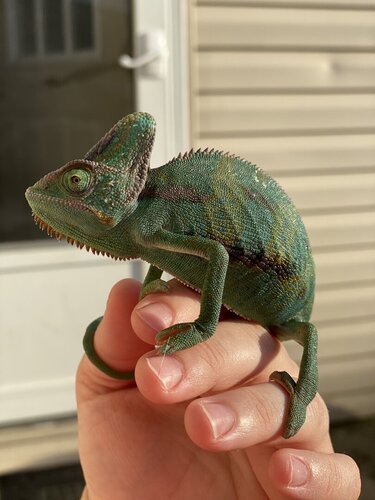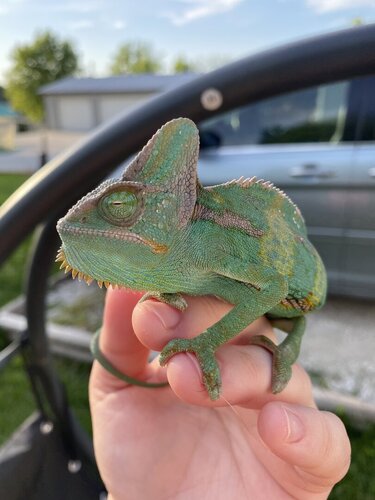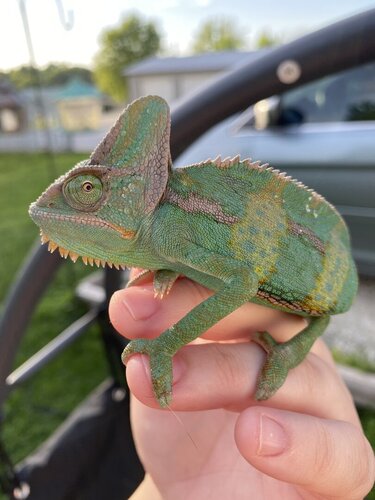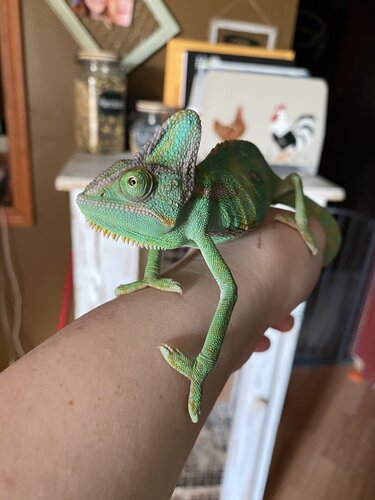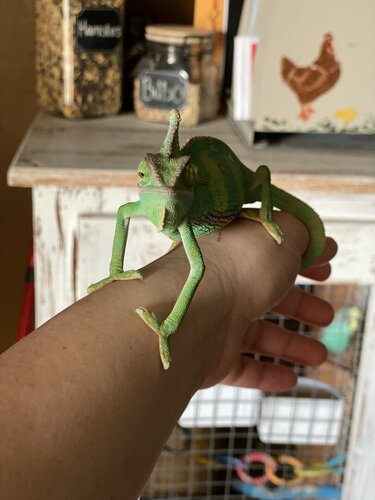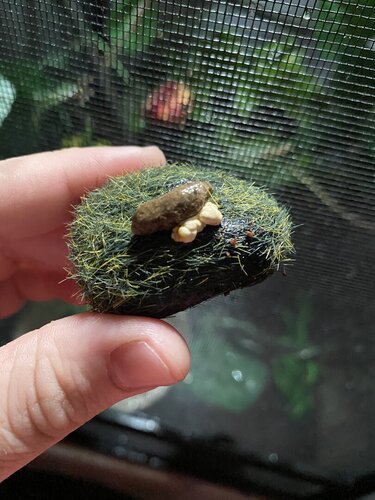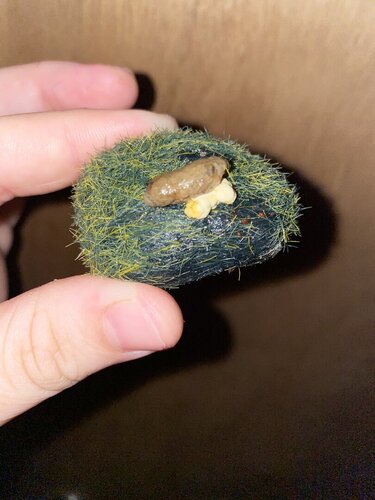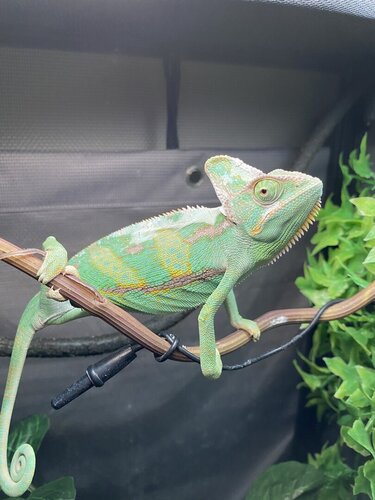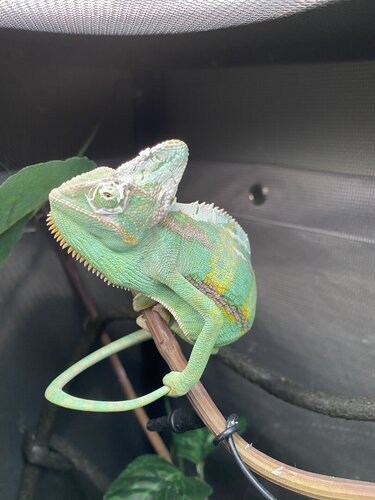AmandaS
Retired Moderator
You should use the search bar on here and look up pictures of enclosures to get a really good idea what it should look like. (Not that yours isn't good. I have no idea! Lol, im just throwing out ideas)
I also recommend ditching the fake plants and only using real ones from the safe list. Veileds are known to eat their plants, and he can get impacted if he eats a plastic leaf.
I also recommend ditching the fake plants and only using real ones from the safe list. Veileds are known to eat their plants, and he can get impacted if he eats a plastic leaf.


